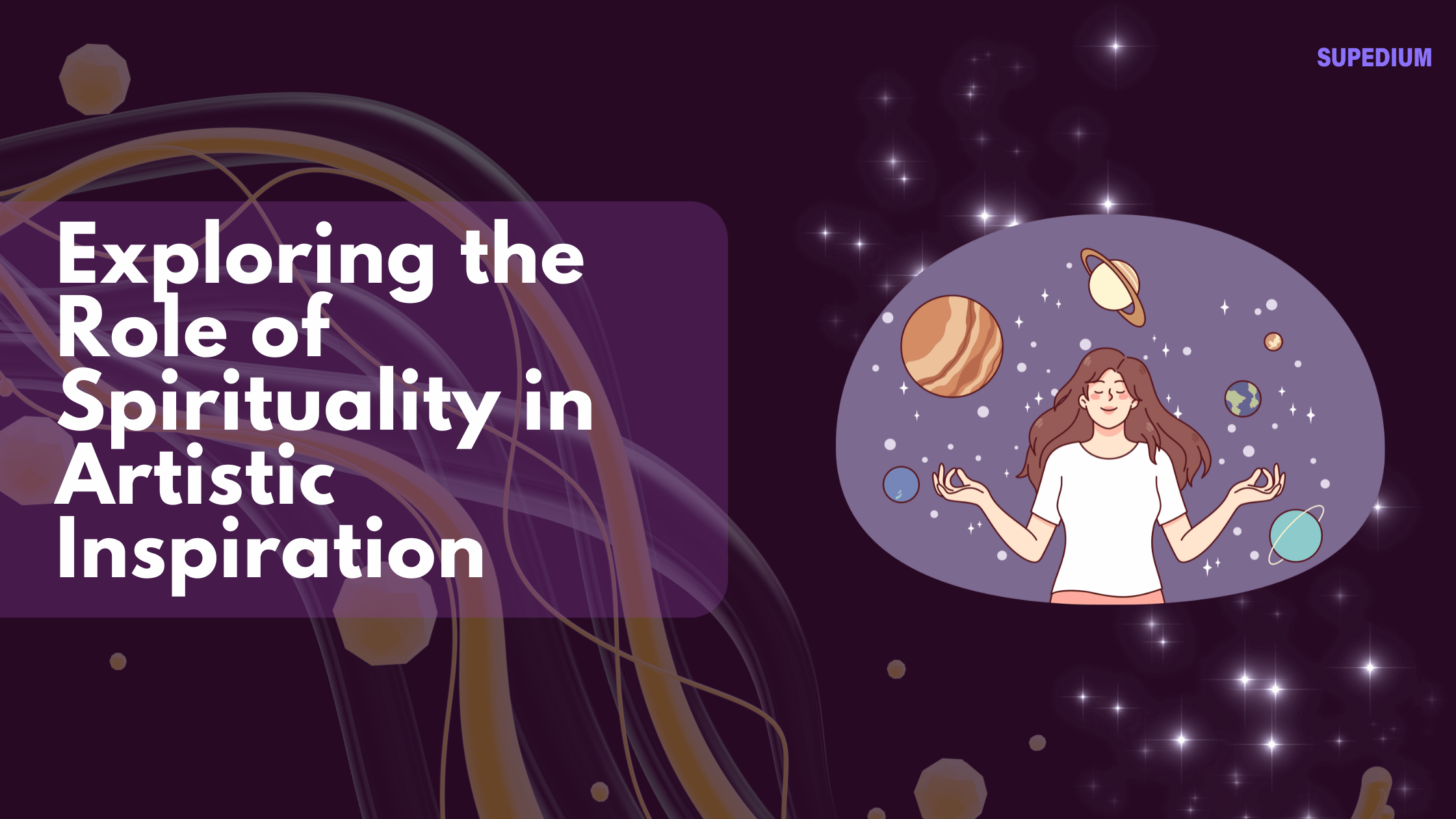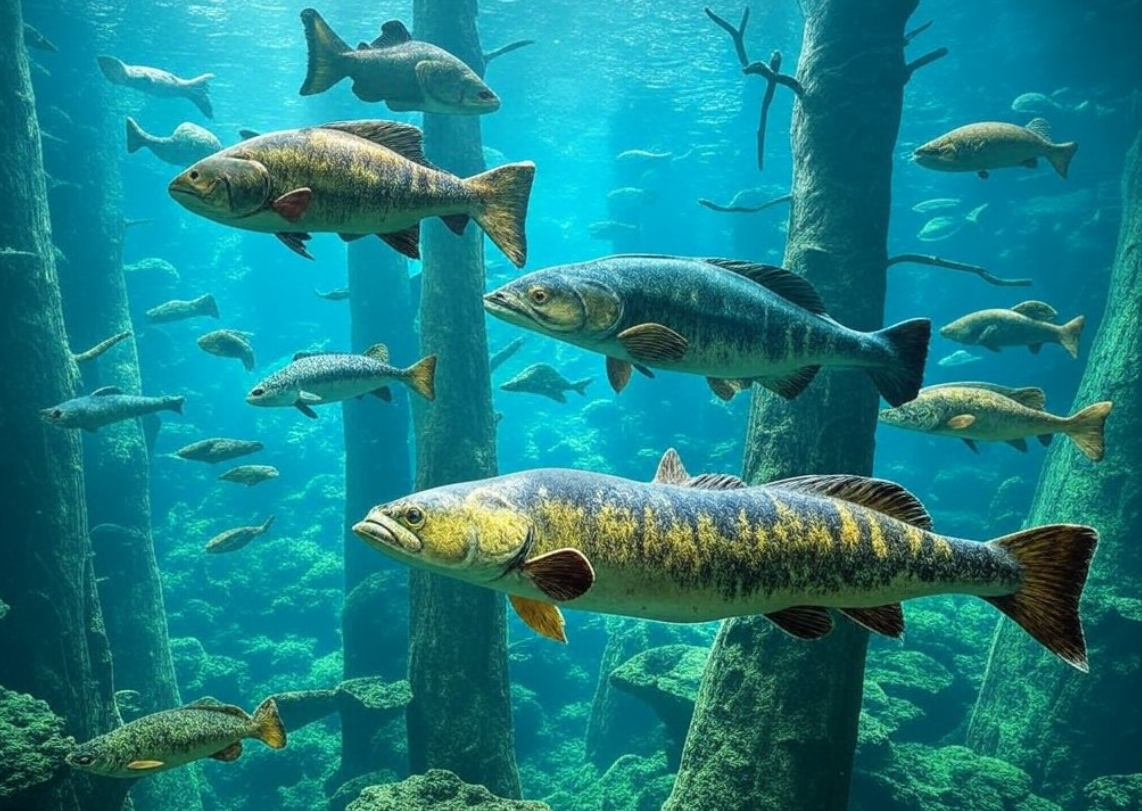Table of Contents
![]()
Introduction
Spirituality, a broad and deeply personal concept, encompasses a range of beliefs and practices that relate to the human spirit and the search for meaning beyond the material world. While often intertwined with organized religion, spirituality can also manifest in secular ways, reflecting individual experiences and interpretations. The relationship between spirituality and art has a rich history, where art serves not only as a reflection of spiritual beliefs but also as a vehicle for exploring the ineffable aspects of existence. This article delves into how spirituality influences artistic expression, creativity, and the creative process.
Historical Context
Spirituality in Ancient Art
The connection between art and spirituality can be traced back to ancient civilizations. Early forms of artistic expression, such as cave paintings, often had ritualistic purposes, depicting the spiritual beliefs of early humans. Similarly, ancient societies like the Egyptians and Greeks produced religious iconography, with art playing a central role in their spiritual practices and community identity.
Spirituality in the Middle Ages and Renaissance
During the Middle Ages, art became increasingly entwined with the Christian Church. Artists were often commissioned to create works that conveyed religious themes, with notable figures like Michelangelo and Leonardo da Vinci producing masterpieces that explored divine subjects. The Renaissance marked a significant shift, as artists began to incorporate humanist ideals, merging spirituality with the exploration of human experience and emotion.
Modern and Contemporary Perspectives
The landscape of spirituality in art evolved dramatically in the 20th century, particularly following World War II. Artists began to seek inspiration from a variety of spiritual traditions, including Eastern philosophies such as Buddhism and Hinduism. This period saw a broader interpretation of spirituality in art, allowing for diverse expressions that transcended traditional religious boundaries.
The Intersection of Spirituality and Creativity
Psychological Perspectives
Psychologically, spirituality has been shown to play a significant role in the creative process. Many artists report that their spiritual beliefs provide a sense of purpose and motivation for their work. Research indicates that individuals who engage in spiritual practices often experience heightened creativity and a deeper connection to their art.
The Role of Meditation and Mindfulness
Meditation and mindfulness have emerged as powerful tools for artists seeking to enhance their creativity. Practices such as yoga and meditation help artists quiet their minds, fostering an environment conducive to inspiration. Notable figures from the Beat Generation, for example, embraced these practices, channeling their spiritual experiences into their literary and artistic outputs.
Spiritual Experiences and “Flow” in Art
The concept of “flow,” described by psychologist Mihaly Csikszentmihalyi, refers to a state of complete immersion and engagement in an activity. Many artists report experiencing a spiritual dimension during these moments, where they feel a profound connection to their work and a sense of transcendence. This intersection of spirituality and creativity can lead to transformative artistic experiences.
Spiritual Themes in Artistic Expression
Exploration of Existential Themes
Art has long been a medium for exploring existential questions related to life, death, and the search for meaning. Many artists delve into these themes, reflecting their spiritual inquiries and personal struggles. This exploration allows both artists and audiences to confront the deeper aspects of the human experience.
Nature as a Spiritual Experience in Art
Nature has consistently served as a source of spiritual inspiration for artists. Movements such as Romanticism and Impressionism celebrated the beauty of the natural world, often portraying it as a reflection of divine presence. This connection between nature and spirituality invites viewers to contemplate their place within the larger tapestry of existence.
Use of Symbols and Metaphors
Spirituality often employs symbols and metaphors to convey complex ideas. Common spiritual symbols, such as light, water, and circles, frequently appear in art across cultures. These symbols serve as gateways to deeper understanding, inviting viewers to engage with the spiritual dimensions of the artwork.
Case Studies of Artists and Their Spiritual Inspirations
Visual Artists
Vincent van Gogh is a prime example of an artist whose work was deeply influenced by spirituality. His struggles with mental health and his quest for spiritual meaning are evident in his use of color and brushwork. Similarly, Georgia O’Keeffe’s connection to nature and her exploration of spiritual themes through landscapes and flowers showcase how personal spirituality can shape artistic expression.
Writers and Poets
Writers such as Rainer Maria Rilke infused their poetry with spiritual dimensions, exploring themes of existence and the divine. Rilke’s reflections on the human condition resonate with readers seeking spiritual insight. Alice Walker, known for her novel “The Color Purple,” weaves spirituality throughout her narrative, illustrating the transformative power of faith and personal belief.
Musicians
John Coltrane’s music is a testament to the influence of spirituality in jazz. His exploration of spiritual themes, particularly in works like “A Love Supreme,” reflects a deep quest for transcendence through sound. Contemporary artists continue to integrate spirituality into their music, using lyrics and melodies to express profound spiritual experiences.
The Influence of Spiritual Communities and Movements
Impact of Religious and Spiritual Communities
Artistic creation often flourishes within spiritual communities. Collective art projects and community-driven initiatives allow artists to collaborate, drawing inspiration from shared beliefs and experiences. Spiritual festivals and gatherings further nurture artistic expression, creating spaces where creativity and spirituality intersect.
The Role of Art in Spiritual Practices
Throughout history, art has played a pivotal role in spiritual practices across various religions. From sacred paintings to intricate sculptures, art serves as a medium for worship and reflection. The concept of sacred art invites individuals to engage with the divine, offering a tangible expression of faith.
Contemporary Reflections on Spirituality and Art
The Rise of Spiritual But Not Religious (SBNR) Movements
In recent years, there has been a notable rise in the SBNR movement, which emphasizes personal spirituality outside traditional religious structures. This trend has influenced contemporary artists, who often explore their individual spiritual journeys through their work, fostering diverse expressions of belief and experience.
The Use of Technology in Expressing Spirituality
The digital age has introduced new avenues for artistic expression, enabling artists to explore spirituality through technology. Digital art and immersive experiences, such as virtual reality, offer innovative ways to engage with spiritual themes, expanding the boundaries of artistic creation.
Future Trends and Possibilities
As society continues to evolve, so too does the relationship between spirituality and art. Future trends may see an even greater fusion of diverse spiritual practices and artistic expressions, as artists seek to capture the complexities of human experience in an increasingly interconnected world.
Conclusion
The interplay between spirituality and artistic inspiration is a rich and multifaceted relationship that has evolved throughout history. From ancient rituals to contemporary expressions, spirituality has profoundly influenced how artists create and convey their visions. Understanding this relationship not only enriches our appreciation of art but also deepens our engagement with the spiritual dimensions of our own lives.
Share This





Be the first to comment